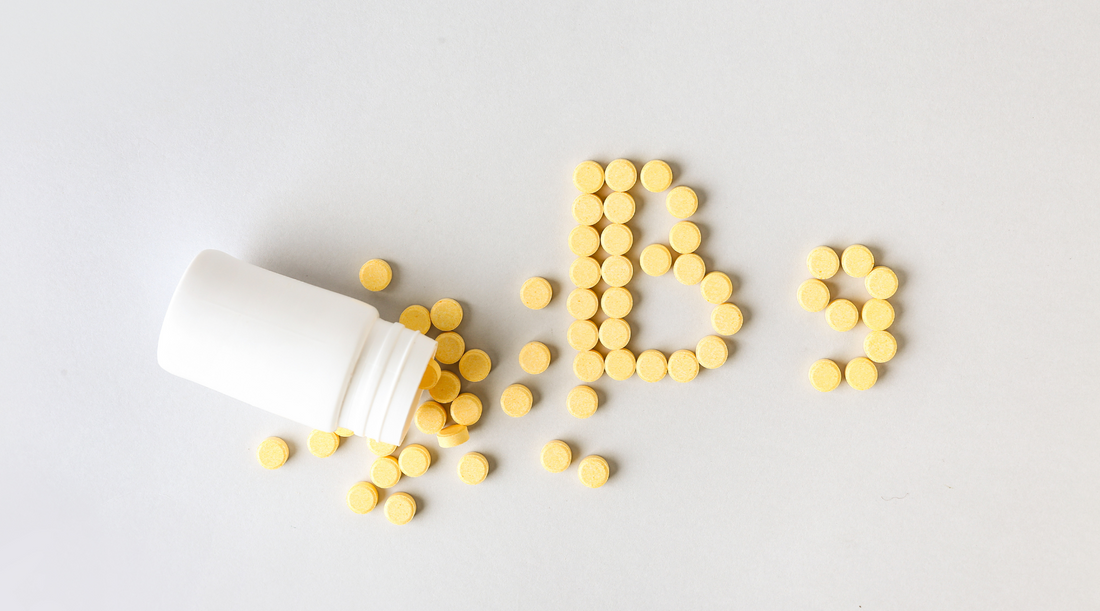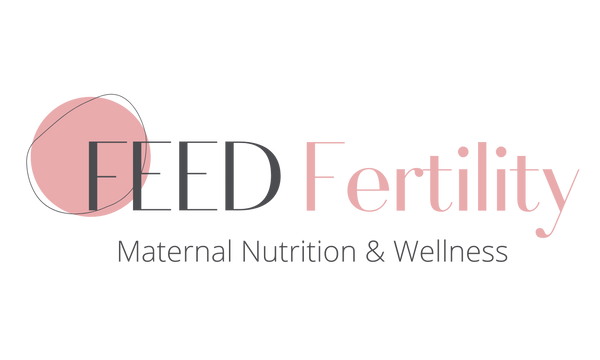
Folate Facts
If you are thinking about starting a family, TTC or currently pregnant, chances are you’ve heard that you should be taking Folate. But what exactly is folate, how does it help to prevent neural tube defects, how much should you be taking, when should you be taking it, and in what form? We explore these questions and more in today’s spotlight on our favourite B vitamin.
What is Folate?
Folate is an essential B vitamin, otherwise known as B9. It gets its name from the Latin word “folium” (foliage) because it’s commonly found in leafy green vegetables (such as spinach, kale, chard, asparagus, broccoli, and collard greens). Other food sources include corn, chickpeas, green peas, sweet potatoes, artichokes, lentils, and some whole grains. Folate serves many key roles in the body, including the growth and reproduction of cells – such as the formation of the nucleic acids for RNA and DNA. It is not surprising, therefore that it is particularly important during times of rapid cell multiplication like during pregnancy.

Folate for Conception & Pregnancy
The body needs folate before conception and during pregnancy to prevent neurological defects (spina bifida) in the developing fetus, also known as Neural Tube Defects (NTDs). The neural tube forms the early brain and spine. When your body is growing a baby, cells divide like rapid fire and by the end of the 1st trimester, your baby’s neural tube has already closed. NTDs can occur when the neural tube does not close properly. That’s why sufficient folate intake is so important in the earliest stages of pregnancy – throughout the 1st trimester – and why it’s important to start taking folate as early as possible. A supplementation period of 3 months prior to conception and during your first trimester of pregnancy is recommended to ensure optimal folate stores to prevent NTDs.
How Much Folate?
The recommended daily intake of folate for women who are trying to conceive is 400 mcg per day, which increases to 600 mcg per day once pregnant and 500 mcg during breastfeeding. This should provide enough folate for the prevention of neural tube defects. However, in some cases, you need a much higher dose of folic acid. This can include women with diabetes, women with a higher BMI (>30), women who are at an increased risk of malabsorption (such as in cases of crohns disease), and/or women with a family history of NTDs. If you are pregnant or trying to conceive, it’s always a good idea to consult with your doctor about what your individual needs.

Folate Beyond the 1st Trimester
We’ve established that its imperative to take folate prior to and during the 1st trimester to prevent NTDs. After which, the neural tube closes (the spinal cord has already been formed) and no amount of folic acid will impact the risk for NTDs. But what about the rest of pregnancy? Does folate become irrelevant beyond week 14? Actually, it is still important to to take adequate amounts of folate throughout the 2nd and 3rd trimesters, just for different reasons, primarily the reduction in risk for congenital heart defects and orofacial clefts. Once again, the correct dosage here is key.
The recommended daily intake (RDI) of folate for pregnancy is 600 mcg per day, but as we’ve discussed, there are some situations in which your doctor may recommend a higher dose. If that is the case, however, it is important to reduce your dosage back to the recommended 600 mcg per day once you hit the 2nd trimester. Research published by the Boston Birth Cohort showed women who had very high levels of folate (>60.3nmol/L) at birth, had babies with 2.5 x increased risk of developing Autism.

Not all Folate is Created Equal!
Folate occurs naturally in many forms in food such as dark leafy greens, beans, and whole grains. When you consume folate in food, the body then converts folate into the ‘active form’ 5-MTHF also known as Levomefolic Acid (or methylated folate) which is what the body uses for cell division etc. Folic Acid, on the other hand never comes in food. It is a synthetic (and much cheeper) form of folate that can only be produced in a lab and it is what’s commonly found in many supplements, food fortification and another synthetic form as Folinic Acid. Normally, all of these forms would get converted to 5-MTHF in the body so that your cells can use it where needed. But not always…
Folate and MTHFR
Some people are born with a genetic mutation called MTHFR (methylene tetrahydrofolate reductase), which makes it hard for them to break down folic acid (and folinic acid) into 5-MTHF. Not only does this interfere with nutrient absorption, it can cause elevated homocysteine levels, which is a commonly known risk factor contributing to recurrent pregnancy loss, preeclampsia, and other fertility and pregnancy concerns. A surprisingly high number of women are MTHFR positive – as much as 40% of the general population and 70% of women diagnosed with infertility are MTHFR positive! Since the only way to know for sure if you are MTHFR positive is to take a genetic test (which can be pricey), the safe bet is to take a MTHFR-safe folate rather than folic acid. This safe folate in supplement form is called Methyl-Folate.

Bottom Line
So there you have it folks. Folate is an important nutrient when trying to conceive and throughout your pregnancy, but remember:
- Start EARLY. Ideally, start taking folate at least 3 months prior when trying to conceive.
- Mind your dosages! Choose the correct dose for your individual risk (in consultation with your doctor) in the 1st trimester. Once you hit the 2nd trimester, (regardless of your risk), reduce your dose to the RDI of 600 mcg / day.
- Eat a balanced diet that includes folate-rich foods such as dark green vegetables, and supplement with the bioavailable form of methyl-folate instead of folic acid.
